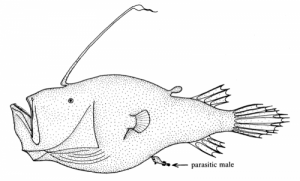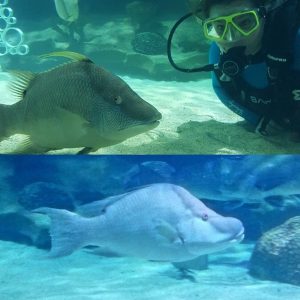5 Things I Learned: Spotted Turtle
The Greater Cleveland Aquarium is a partner in SPOTD, a cross-organization collaboration to boost the number of spotted turtles in Northeast Ohio. Learn more about these attractive little turtles here:
Nature. It’s a curious thing. To see a spotted turtle and learn about the Splash Fund, Wild4Ever Foundation and Terrestrial Brewing Company‘s “I Love It When I Save the Turtle Porter, visit the Greater Cleveland Aquarium’s Ohio Lakes & Rivers Gallery.
– Sam Fryberger














